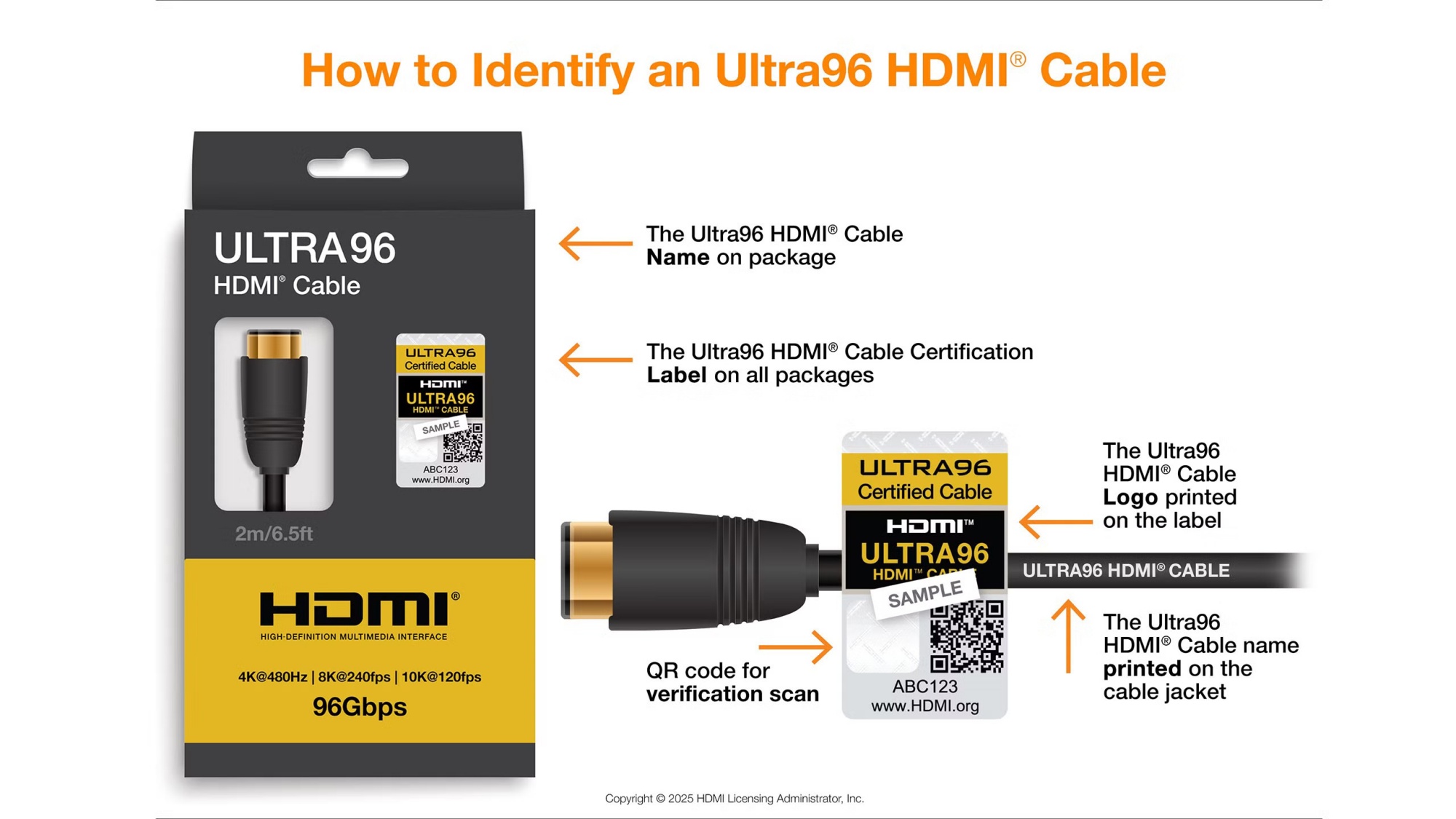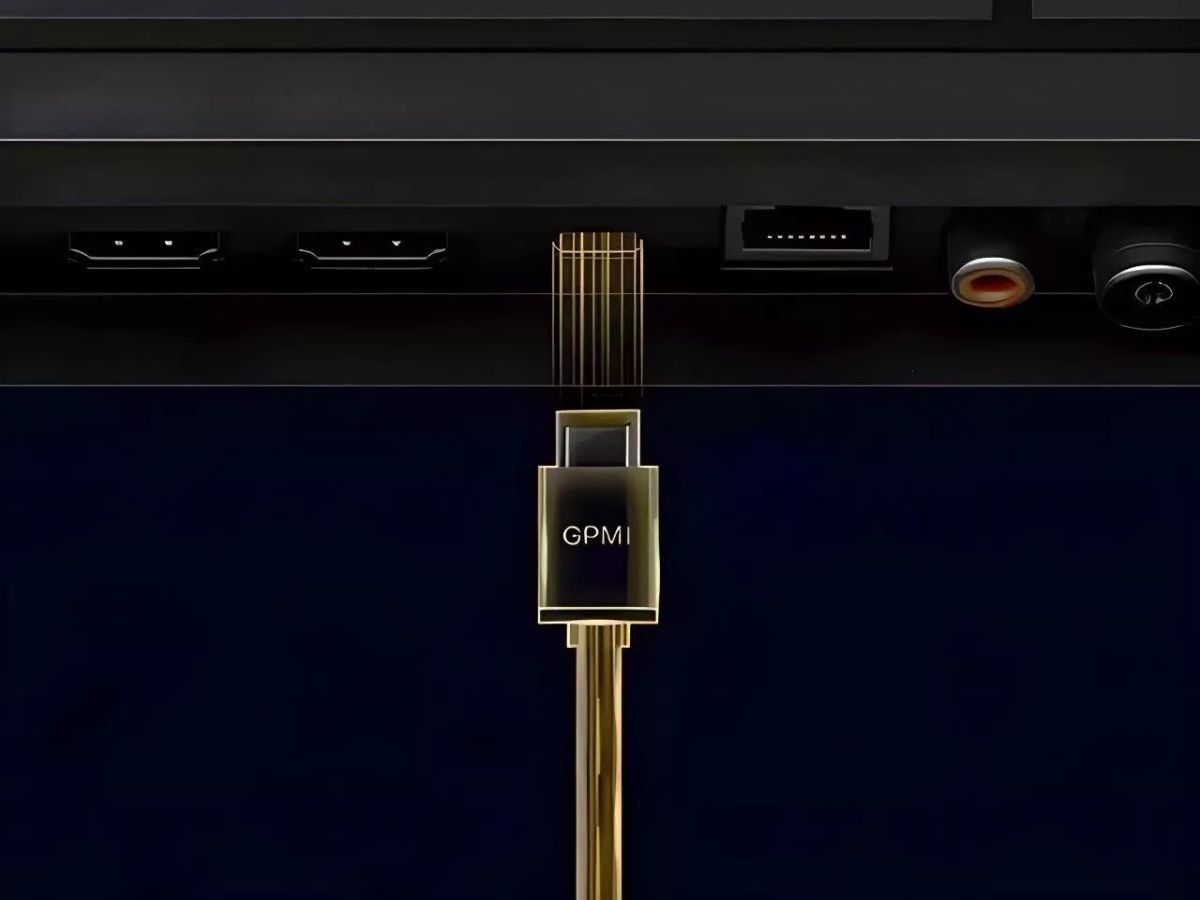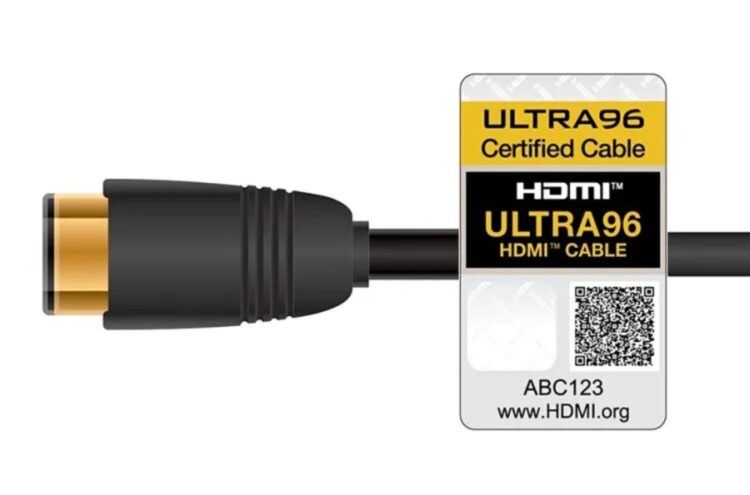After its initial reveal at CES 2025, the HDMI Forum has officially released the full specifications for HDMI 2.2 to manufacturers. This is set to be a significant update to the HDMI standard in years, doubling the bandwidth ceiling to 96Gbps and laying the groundwork for support of ultra-high-resolution video, higher frame rates and improved synchronisation features.
The existing HDMI 2.1 standard, which debuted back in 2017, caps bandwidth at 48Gbps. The newer HDMI 2.2 update, along with its accompanying new Ultra96 cable standard, doubles that throughput. This allows for new display possibilities such as 4K at 480Hz, 8K at 240Hz, 10K at 120Hz, and even 16K at 60Hz on compatible displays. It also enables full chroma 4:4:4 video at 10-bit and 12-bit colour in formats such as 4K at 240Hz and 8K at 60Hz, making it well-suited for future high-fidelity visual applications.

To help simplify cable selection for consumers, the HDMI Forum is introducing a clearer naming scheme. This replaces the previous inconsistent naming structure (Standard, High Speed, Premium High Speed, and Ultra High Speed) that often left buyers uncertain about compatibility. With this update, only cables certified under the new Ultra96 label will support HDMI 2.2’s full capabilities. Each of these will undergo mandatory bandwidth compliance testing and will carry a visible label on the cable itself to confirm certification, the Forum added.
Another feature debuting with HDMI 2.2 is the Latency Indication Protocol (LIP), which builds on earlier improvements to AV synchronisation. LIP is particularly beneficial for setups that route signals through intermediate devices like AV receivers or soundbars, reducing latency-related issues that affect lip-sync and audio timing.

Ultra96 HDMI cables are expected to hit the market later this year, though a firm timeline for broader hardware support has yet to be announced. Despite the future-facing nature of HDMI 2.2, practical adoption will likely take time.
As seen with HDMI 2.1, many manufacturers still underutilise its full feature set. Native 8K content remains rare, and 16K displays are far from mainstream. Nevertheless, the new standard aims to future-proof consumer electronics for years to come.

Meanwhile, Chinese conglomerate Shenzhen 8K UHD Video Industry Cooperation Alliance announced a new General Purpose Media Interface (GPMI) back in April, aiming to challenge existing HDMI and DisplayPort standards. Claimed to support a massive 192Gbps of bandwidth for 8K visuals and up to 480W of power delivery via USB-C, the interface is still in development and may take some time before an official launch – let alone broad adoption.
(Source: HDMI Forum [official website])


